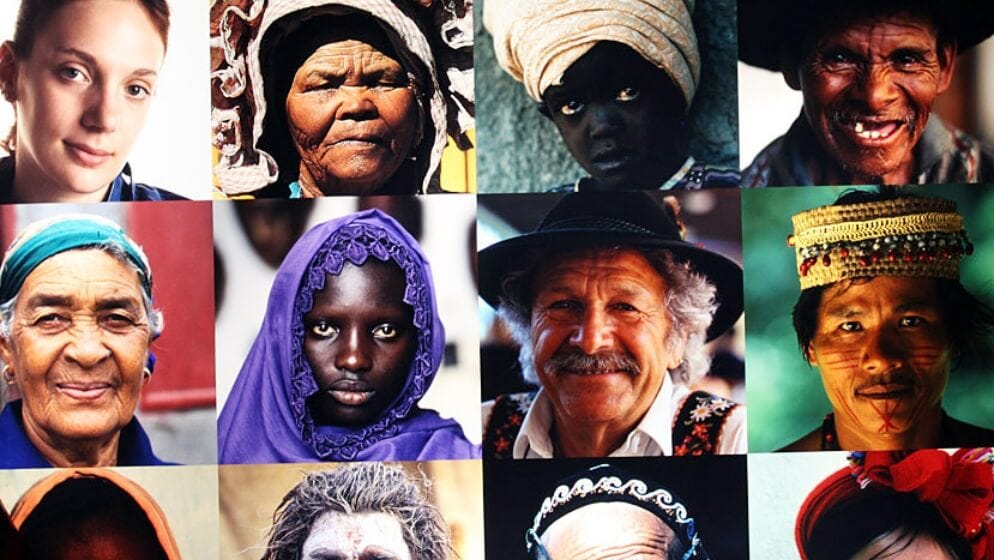“Our church is proudly multi-cultural, multi-ethnic, and multi-generational” says the “About Us” page on a church website. That’s a lot of multis, we think as we read it, though we know what they seem to be saying. They’re attempting to tell us that the makeup of their gathered assembly has plenty of variety in appearance, age, and background. Less obviously, they are telling us that their church’s makeup is a desirable mix, perhaps one that other churches should mimic.
Indeed, some voices have gone further and claimed that churches without a mix of ethnicities fall short of God’s plan for the church. They suggest churches should undertake a kind of religious affirmative action, actively courting people from a variety of races into membership, selecting leaders partly on skin color so as to reflect racial diversity, and even changing the music and preaching to reflect the backgrounds and preferences of attendees. As if many a pastor did not already feel his failures acutely, here is another weight for his rucksack of guilt: Your church is not multicultural enough.
Three questions can help us think rightly about this kind of ecclesiastical multiculturalism. First, what do we mean by “multicultural churches”? We need clear definitions, and an overused and ambiguous word such as “multicultural” needs much defining. Second, we need to ask whether Scripture commands the pursuit of multiculturalism. Third, we must consider how a pastor should lead a church in view of special situations that require special pastoral wisdom.



